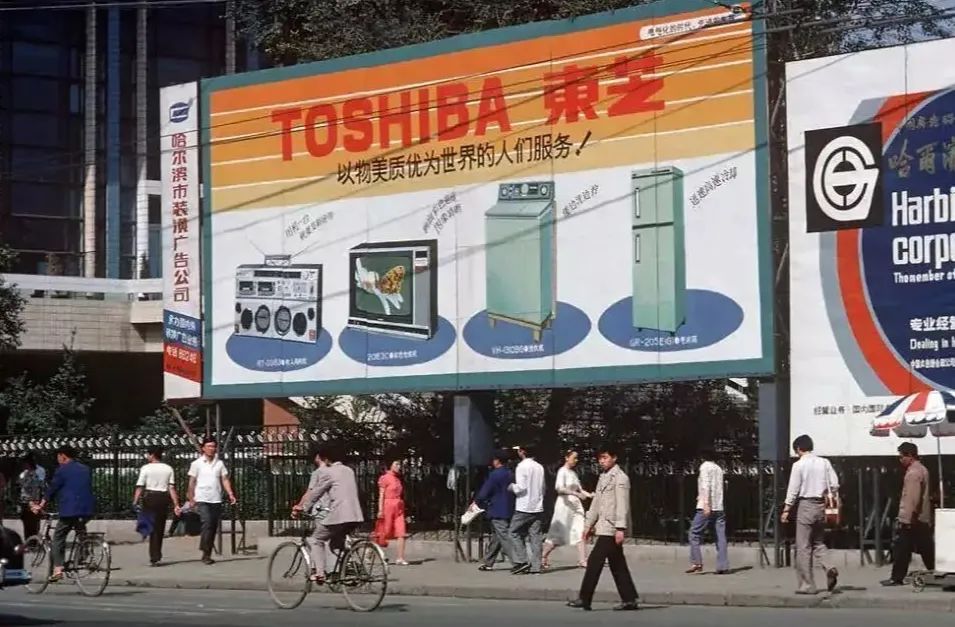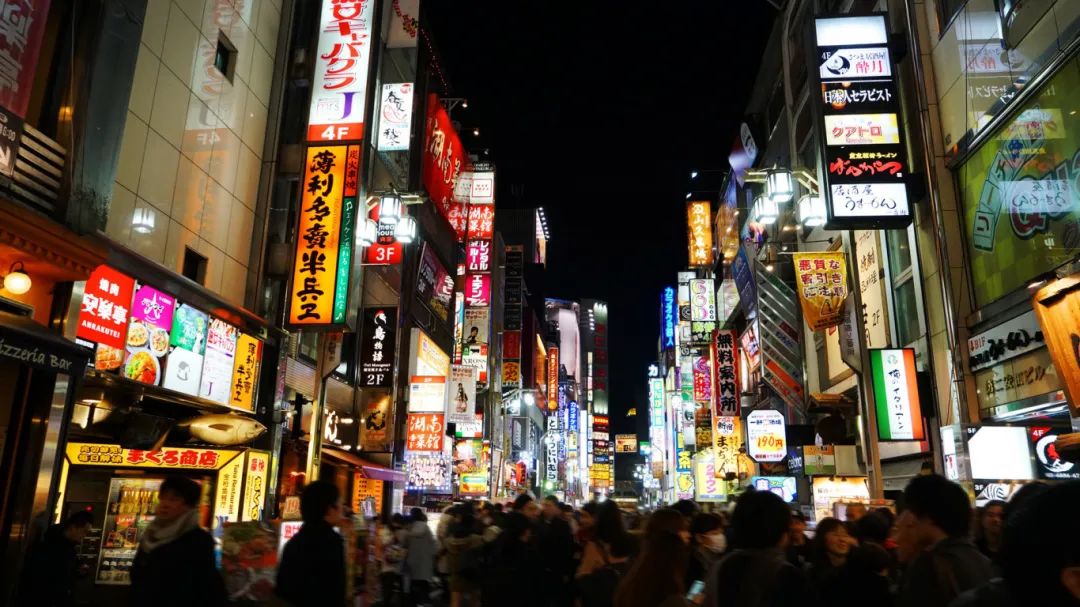“In the 1980s, Japan was an economic powerhouse, with its products dominating global markets. From cutting-edge electronics to advanced shipbuilding, Japanese brands like Sony, Panasonic, and Toyota were synonymous with quality and innovation. Fast forward to today, and the landscape has dramatically changed.”
1. The Glory Days of Japanese Industries
1.1 The Golden Age of Japanese Electronics
In the 1980s, Japanese electronics were unrivaled. Brands like Panasonic, Toshiba, and Sharp led the world in televisions, refrigerators, and washing machines.
In China, owning a Japanese appliance was a status symbol.
- Market Dominance: In 1985, China’s imports of Japanese electronics surged—TVs by 290%, refrigerators by 340%, and washing machines by 280%.
- Premium Pricing: A single 29-inch Panasonic TV could cost ¥15,800 (about $2,200 today), a fortune for the average Chinese worker at the time.
1.2 Shipbuilding: From Leader to Laggard
Japan once built half the world’s ships. Companies like Mitsubishi Heavy Industries and Kawasaki Heavy Industries were global leaders.

Decline: By 2024, Japan’s share of global shipbuilding dropped to around 10%, while China accounted for 74% of new orders.
1.3 The Fall of Japan’s LCD Industry
Japan pioneered LCD technology, with Sharp producing the first commercial panels in the 1980s.

Market Collapse: By 2024, Japan’s last major LCD factory (Sharp) closed, ceding dominance to Chinese firms like BOE and TCL.
1.4 The Struggling Auto Industry
Toyota and Honda once ruled the global car market, but Japan’s slow transition to electric vehicles (EVs) has hurt its competitiveness.

- Production Decline: In 2024, Japan produced 8.24 million vehicles, down 8.5% from the previous year, while China produced 31.28 million.
- Profit Cuts: Toyota’s profits fell 55%, Nissan’s by 94%, and Honda’s by 20%.
2. Social Problems in Modern Japan
2.1 Rising Living Costs
Despite Japan’s high GDP per capita, daily life is increasingly unaffordable.

Food Prices:
- Beef costs ¥3,000/kg (~$20/lb), making it a luxury.
- Fruits like watermelon are 8x more expensive than in China.
Housing: Urban Japanese live in cramped spaces (avg. 20 m²), far below China’s 44 m² average.
2.2 Transportation: Expensive and Inefficient
Japan’s privatized transit system is costly.

- Trains: A Tokyo-Osaka bullet train ticket costs ¥24,320 (~$160), 4x China’s high-speed rail rates.
- Taxis: A short ride can cost a day’s wages (~¥10,000 or $65).
2.3 Education: A Financial Burden
Raising a child in Japan is prohibitively expensive.
- Costs: ¥28 million (~$180,000) for public school; ¥44 million (~$280,000) for private.
- Tuition Hikes: Universities now charge up to ¥900,000/year (~$6,000), forcing students into part-time jobs—or worse.
3. Japan’s Future: Tourism and… Adult Entertainment?
3.1 The Rise of Sex Tourism
With traditional industries declining, Japan is turning to tourism—and controversially, adult entertainment.
- Economic Impact: Japan’s adult film industry generates $500 billion annually, surpassing robotics and EVs.
- Legal Gray Areas: “JK girls” (high school-aged sex workers) now openly solicit in Tokyo’s red-light districts.
3.2 Lessons from Thailand
Thailand’s economy thrives on vice.
- Revenue: 15% of Thailand’s GDP comes from sex tourism.
- Japan’s Path: If Japan follows suit, it could become “Asia’s next Thailand”—reliant on foreign tourists seeking adult entertainment.
4. Why Retaliation Through Economics Beats War
Some argue China should seek revenge for Japan’s wartime atrocities. But economic dominance is a more effective—and peaceful—strategy.
- Cost of War: A conflict would devastate global trade and invite sanctions, hurting China’s growth.
- Economic Revenge: By outcompeting Japan in autos, tech, and shipbuilding, China can reduce Japan to a tourist-dependent economy—humiliating without a single bullet fired.
Conclusion
Japan’s industrial decline is irreversible. Its future may lie not in manufacturing, but in catering to foreign tourists—perhaps even as a hub for adult entertainment. For China, the ultimate revenge isn’t war, but watching Japan’s economy shrink into irrelevance.
Image Gallery
